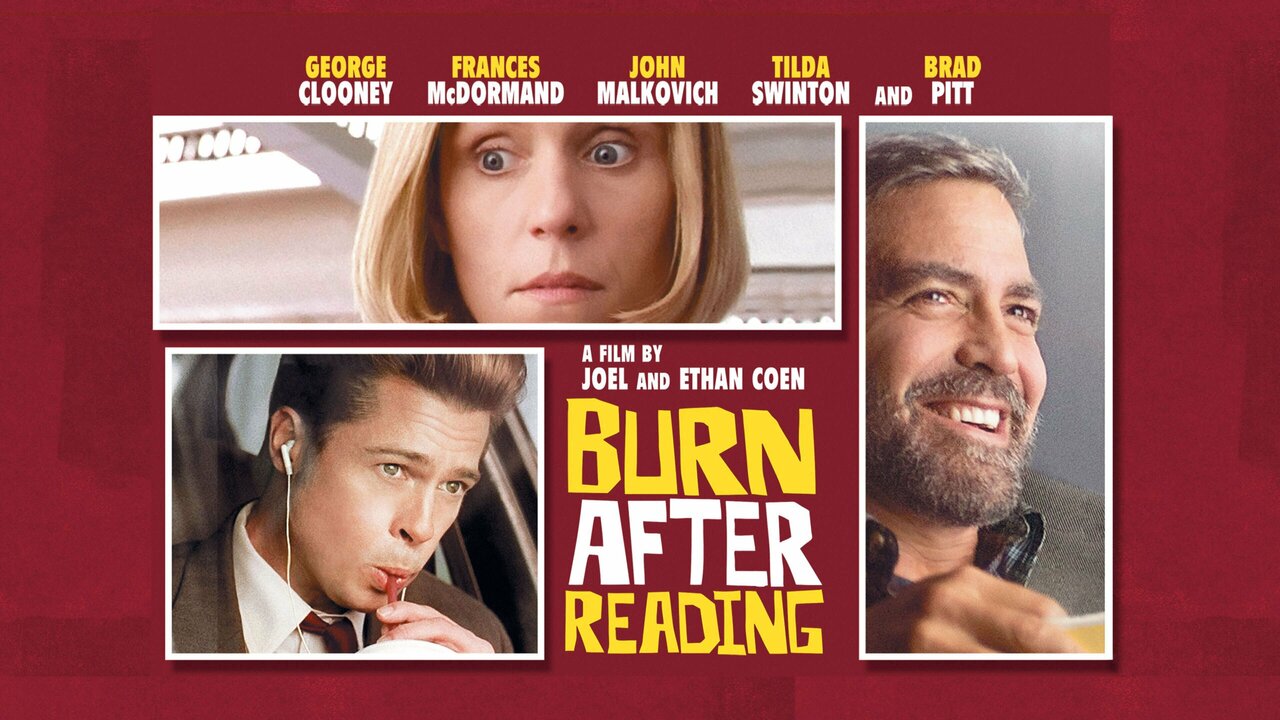In the landscape of modern cinema, “Burn After Reading” has emerged as an intriguing success that invites audiences to ponder: What happens when absurdity meets espionage in a comedic romp? Directed by the illustrious Coen Brothers, this film intricately weaves together elements of dark comedy and satire, challenging viewers to consider the often ludicrous nature of human interactions intertwined with intelligence work.
Set against the backdrop of Washington, D.C., the narrative follows a series of intertwined misadventures among a hapless gym employee, a disgruntled CIA operative, and a series of misguided misunderstandings. As the characters navigate a labyrinthine plot full of secrets, lies, and ludicrous schemes, one cannot help but pose a potentially provocative question: Are we the architects of our own chaos? The film deftly highlights how the pursuit of personal gain can lead to unexpected—and often hilarious—repercussions.
Success, in this context, is defined not merely by box office figures but by the film’s remarkable ability to resonate with its audience. “Burn After Reading” has garnered critical acclaim for its sharp dialogue, stellar performances, and a screenplay that pulsates with a frenetic energy. The characters, from the oblivious Chad (Brad Pitt) to the neurotic Linda (Frances McDormand), are rendered with a level of eccentricity that showcases the Coen Brothers’ penchant for character-driven narratives. Each figure is an exaggerated reflection of societal archetypes, emphasizing the absurdity lurking beneath the veneer of everyday life.
However, the film does not merely rest on its laurels of quirkiness; it poses a significant challenge: the interpretation of irony and the implications of human folly. As viewers traverse the labyrinth of this darkly comedic heist, they are compelled to confront the question of accountability. Who, in the midst of chaos and misunderstanding, is truly to blame? In an era where information is easily manipulated, does the average citizen bear responsibility for the consequences of their actions?
Another element contributing to its success is the film’s masterful cinematography, paired with a jazzy score that amplifies the tone of absurdity. Each frame captures the essence of disarray, letting the audience absorb the chaotic nature of the characters’ interactions. The production design invites a meticulous inspection, revealing layers of significance that echo the thematic complexity of the narrative.
Ultimately, “Burn After Reading” transcends the boundaries of conventional comedy by delivering a profound commentary on human behavior and the intricacies of modern life. It illustrates that laughter, often born out of chaos, serves as a coping mechanism in a world rife with uncertainty. In the end, this cinematic gem remains a testament to the Coen Brothers’ artistry, leaving viewers contemplating whether success is merely the absence of failure or something far more nuanced. What do we take away from this delightful satire? Perhaps, it nudges us closer to grasping the tangled web of our own realities.
